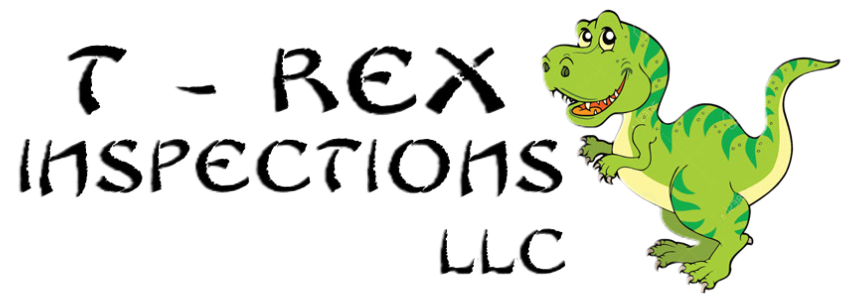Radon Fact Sheet
The U.S. Environmental Protection Agency (US EPA) and the Surgeon General's Office have estimated that as many as 20,000 lung cancer deaths are caused each year by radon. Radon is the second leading cause of lung cancer. Radon-induced lung cancer costs the United States over $2 billion dollars per year in both direct and indirect health care costs. (Based on National Cancer Institute statistics of 21,000 dealths per year due to Radon Decay Particles related lung cancer)
According to the US EPA, nearly 1 in 3 homes checked in seven states and on three Indian lands had screening levels over 4 pCi/L, the EPA's recommended action level for radon exposure.
The alpha radiation emitted by radon is the same alpha radiation emitted by other alpha generating radiation sources such as plutonium.
A family whose home has radon levels of 4 pCi/l is exposed to approximately 35 times as much radiation as the Nuclear Regulatory Commission would allow if that family was standing next to the fence of a radioactive waste site. (25 mrem limit, 800 mrem exposure)
An elementary school student that spends 8 hours per day and 180 days per year in a classroom with 4 pCi/l of radon will receive nearly 10 times as much radiation as the Nuclear Regulatory Commission allows at the edge of a nuclear power plant.(25 mrem limit, 200 mrem exposure)
Most U.S. EPA lifetime safety standards for carcinogens are established based on a 1 in 100,000 risk of death. Most scientists agree that the risk of death for radon at 4 pCi/l is approximately 1 in 100. At the 4 pCi/l EPA action guideline level, radon carries approximately 1000 times the risk of death as any other EPA carcinogen. It is important to note that the action level is not a safe level, as there are no "safe" levels of radon gas.
